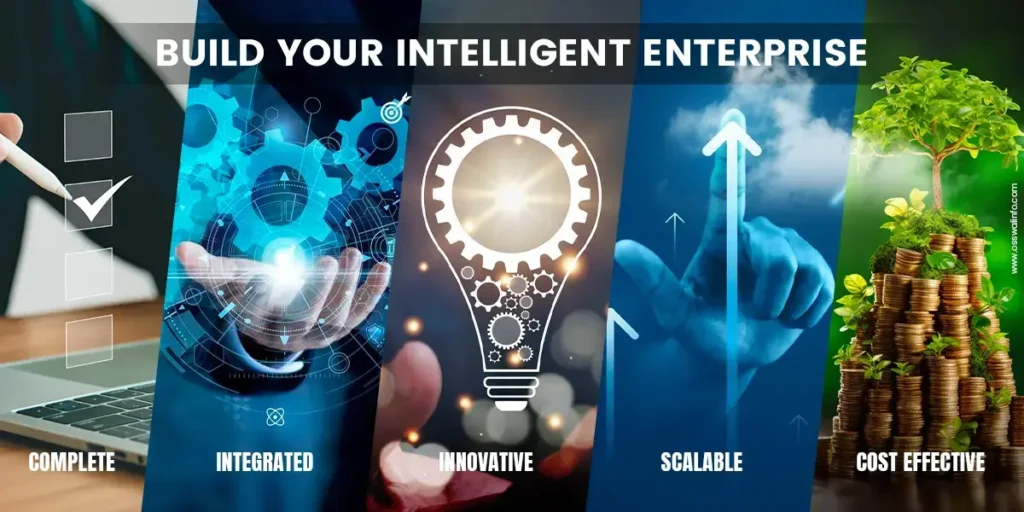Implementing SAP (Systems, Applications, and Products) can transform an organization, streamlining operations and enhancing overall efficiency. However, SAP deployment often comes with challenges, primarily related to user adoption. Turning these challenges into triumphs requires a strategic approach prioritizing user engagement, training, and ongoing support. Here’s a guide on how to navigate and overcome SAP deployment […]

Useful Links
Menu
Offerings
Menu
Locations
Menu
Get in Touch
- +91-9770075757
- sap@osswalinfo.com
- 60, Electronic Complex, Pardesipura, Indore, Madhya Pradesh 452010
©2023. Osswal Infosystem Pvt. Ltd. All rights reserved.

